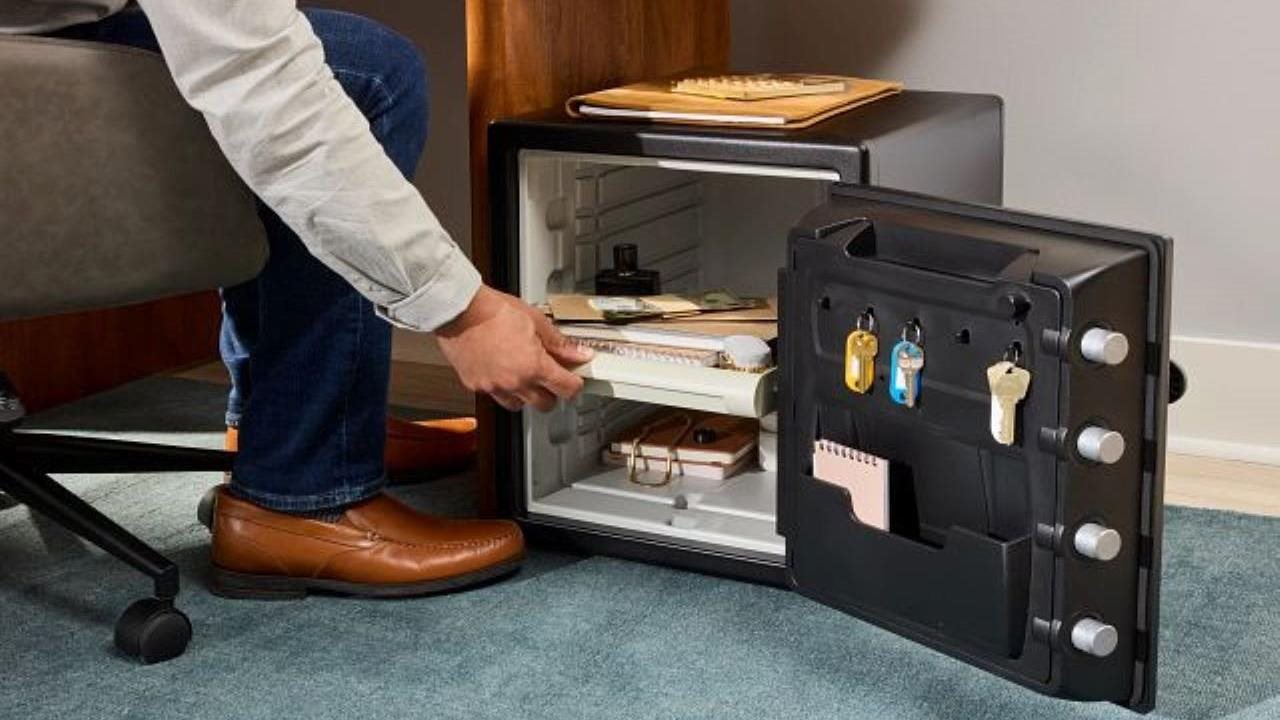
(BPT) – You can’t predict where or when a fire will strike. However, you can take proactive steps to safeguard your family and home. Don’t know where to start? Follow these six crucial steps to prepare your loved ones and property in the event of a fire.
1. Install smoke alarms
Properly installed and maintained smoke alarms can save your life in the event of a home fire. According to the latest National Fire Protection Association (NFPA) research, when working smoke alarms are present, the risk of a home fire fatality is cut by 60%. Additionally, according to NFPA’s National Fire Alarm and Signaling Code, at a minimum, smoke alarms should be installed inside every sleeping room in addition to outside each sleeping area on every level of the home.
To put this into action, take a tour of your home and review the location of the smoke alarms. Smoke alarms require regular maintenance to work effectively, so set a reminder to test the smoke alarms monthly and replace the batteries at least once a year.
2. Use a fireproof safe
For irreplaceable items like birth certificates, passports, family photos, heirlooms and wills, a fireproof safe can provide peace of mind and an extra line of defense against a fire.
The type of safe you buy matters, and while many safes claim to be fireproof, when put to the test, they may burn and fail.
To determine if a fireproof safe is truly fireproof, look for a recognized certification label, usually from Underwriters Laboratories (UL), which indicates the safe’s fire resistance rating, including the duration of protection and the maximum internal temperature it can withstand during a fire.
For example, safes from the new Master Lock Premium 2-Hour Fireproof Safe Line are UL Classified and offer unmatched fire and waterproof protection providing up to two hours of fire resistance in temperatures up to 1,850° F and shielding against water for up to 24 hours.
These waterproof features specifically help to protect your valuables from water damage they may sustain from sprinkler systems or fire hoses.
3. Create an escape plan
During a fire, it’s crucial to remain calm and make your way to the nearest exit. Ensure you and your loved ones are prepared by having a fire escape plan in place.
To create an escape plan, you’ll need to identify your home’s exits, plan multiple escape routes and choose a meeting place outside the home. If you have pets, discuss with your family how you will get them safely out of the house if you need to evacuate. Make sure everyone is on the same page by running a fire escape drill a few times throughout the year with your family.
4. Assemble go bags
During a fire, time is of the essence. To get out of the house as fast as possible, create “go bags” for each member of your household. These bags should have the essentials, including medication, important documents, a first-aid kit, water, nonperishable food, clothing and cash. By having these bags prepared, you will have everything you need at your fingertips, saving time when you may need to leave your home in a hurry.
5. Keep up on yard maintenance
During wildfires or home fires, the wind can carry embers more than a mile away, causing spot fires and igniting homes, debris and other objects, according to NFPA. One way to minimize the likelihood of a home fire is to keep up with your yard maintenance by clearing any dry vegetation like dead plants and leaves, debris and pine needles, as well as flammable objects like firewood piles as these can create embers leading to fires. You can also consider creating fire-resistant landscaping to create a defensible zone around your home and other structures on your property, like detached garages and sheds.
6. Stay informed of the latest fire updates
When it comes to fires, every second counts. Staying up to date with the latest news and alerts on fires in your area is essential during an emergency.
To prepare, research community alert programs and sign up to receive real-time updates and information on fires in your area. Your county may also have similar emergency alert systems to keep you and your loved ones in the know. You can also sign up for fire alerts through Watch Duty, a nonprofit that tracks nearby wildfires and firefighting efforts in real time.
As the adage goes, forewarned is forearmed. With some thoughtful preparations including these six steps, you can help protect your family, pets and home in the event of unexpected fires.
